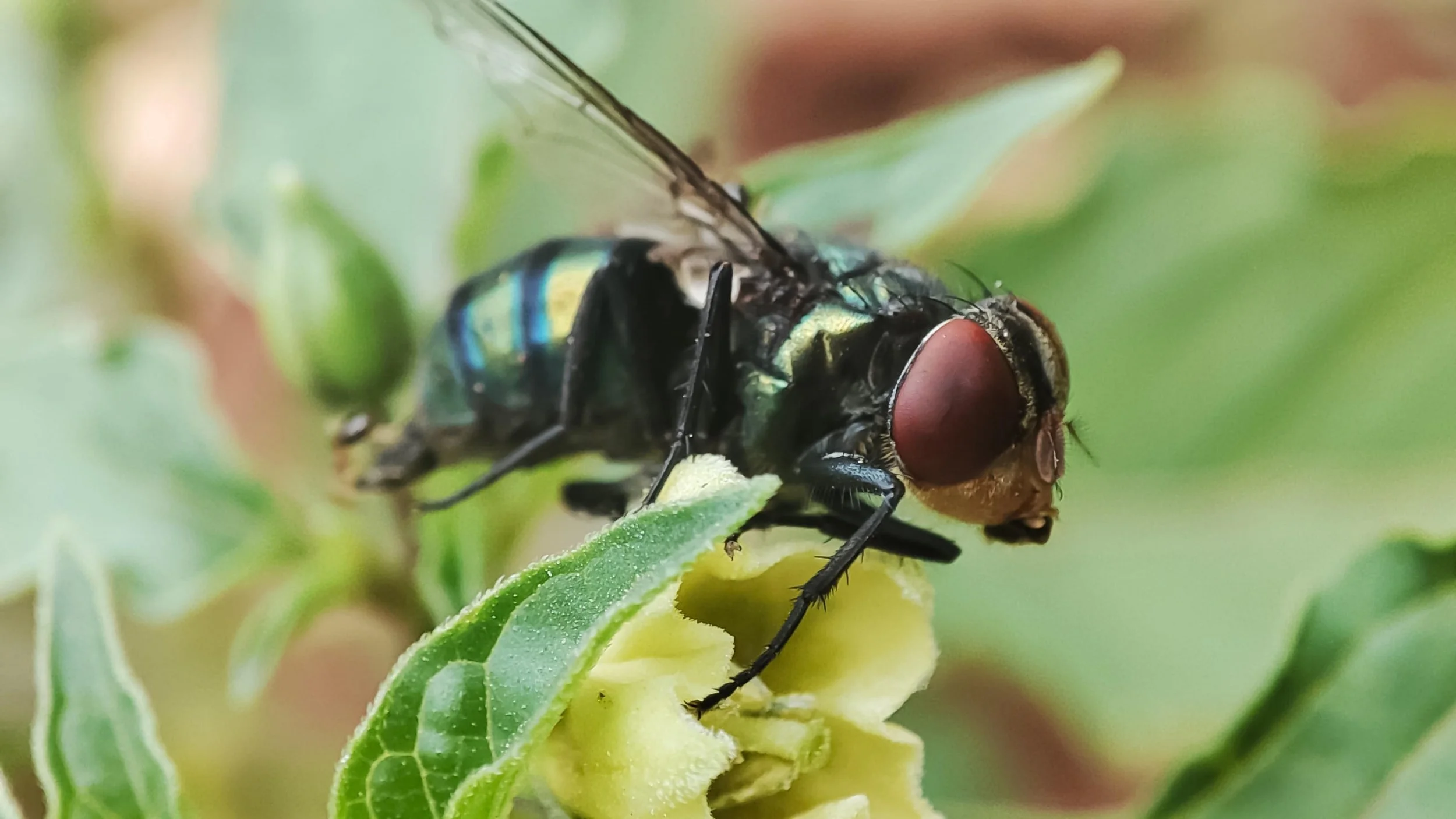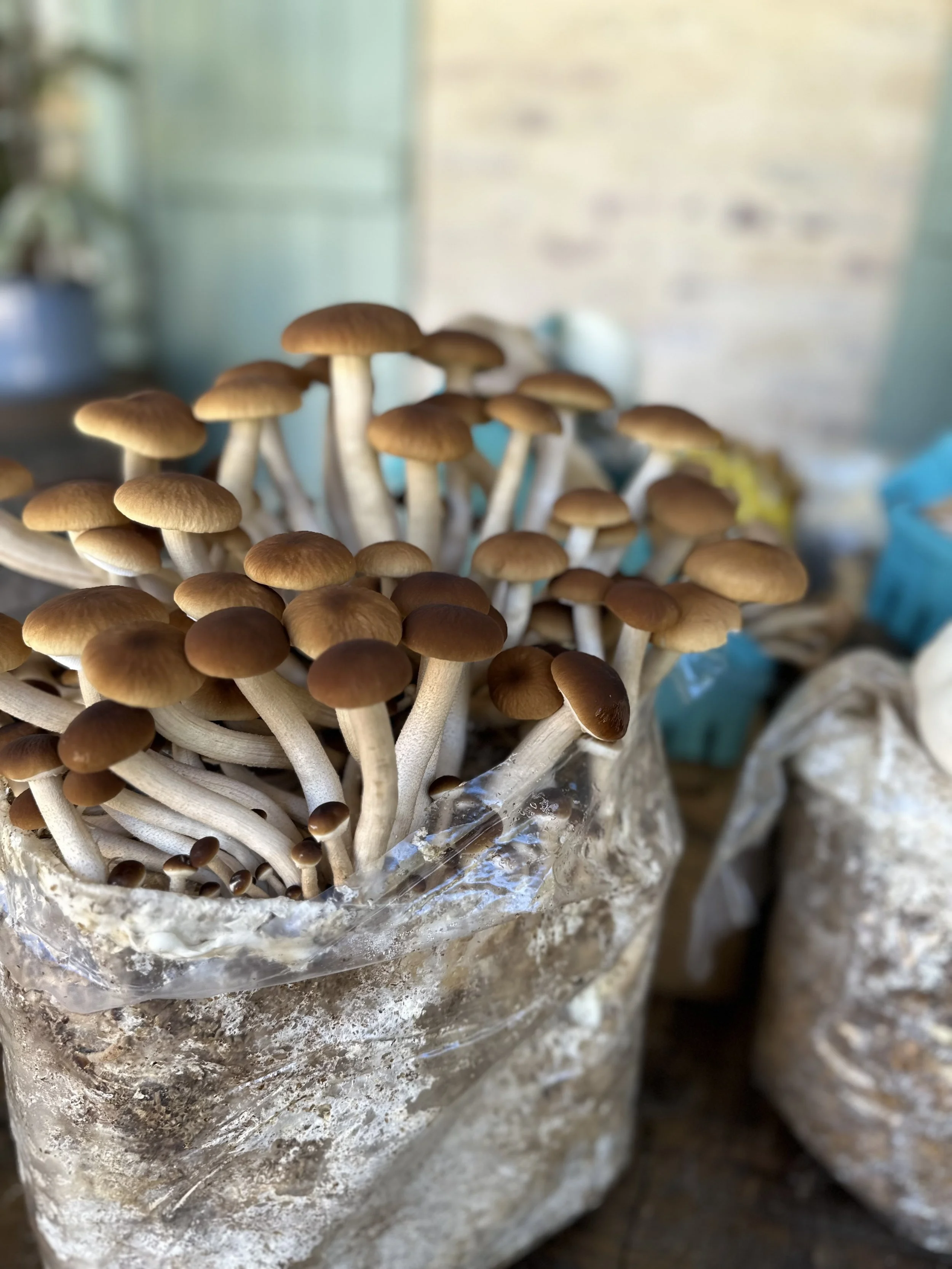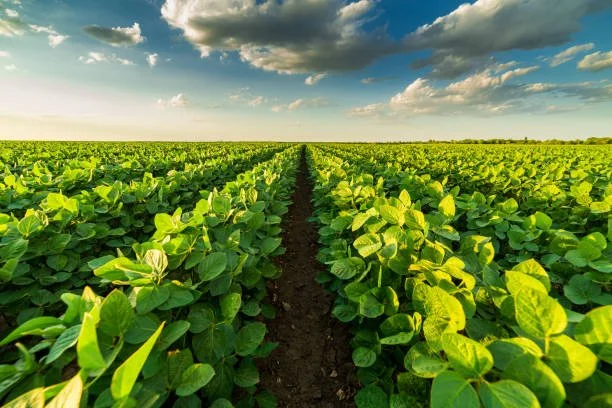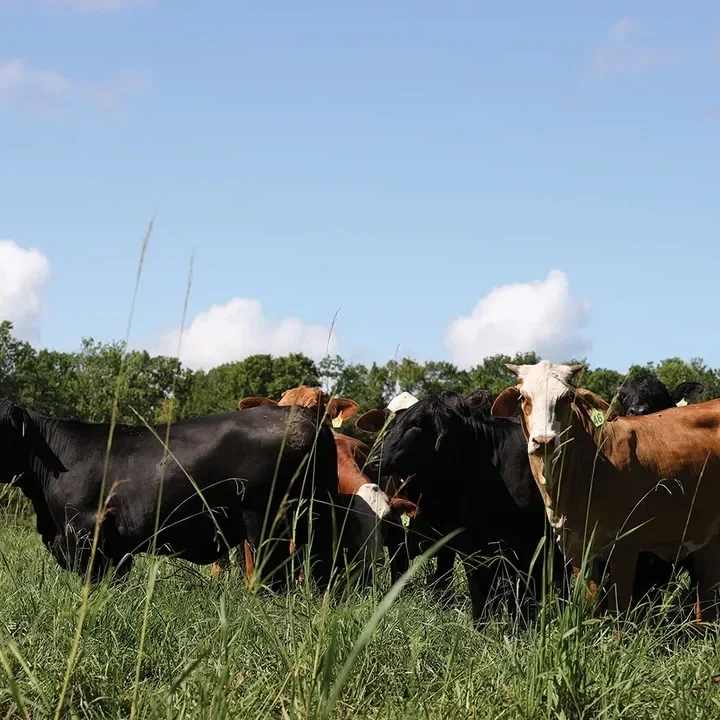Farmers and ranchers have until Dec. 5 to apply for the Producer Grant Program. The initiative is part of the Southern Sustainable Agriculture Research and Education (SSARE) program.
Read MoreKade McMahon glides atop a field of bleached cumulus tufts. With a joystick, he steers a set of massive yellow teeth that gobble the white like a snowplow. Summer has again overstayed its welcome in northeast Louisiana, but McMahon is sealed from the hot and dusty air, sitting comfortably inside an air-conditioned cotton picker.
Read MoreWillis Nelson, a third-generation farmer in eastern Louisiana, was hoping to avoid the worst.
The 38-year-old farms 4,000 acres in Sondheimer with his brothers and father. They grow row crops such as corn, cotton, and soybean, which are the leading U.S. agricultural exports that are sold to a global market.
Read MoreThe Louisiana Drought Team, in coordination with national USDM authors, increased the coverage of D1 (‘Moderate Drought’) across central and southwestern Louisiana and introduced a new area of D1 across far northwestern Louisiana. D0 (‘Abnormally Dry’) coverage was reduced across northeastern Louisiana and increased across southeastern Louisiana.
Read MoreCongressman Clay Higgins (R-LA), Governor Jeff Landry (R-LA), U.S. Department of Agriculture (USDA) Secretary Brooke Rollins, and Louisiana Commissioner of Agriculture Mike Strain held a roundtable discussion with Louisiana farmers, cattlemen, and aquaculture reps, focused on strengthening the state’s agricultural industry.
Read MoreIn an old coal-mining town in northern Texas, around 130 miles from Dallas/Fort Worth, Greg Buenger raises beef cattle on his ranch. But Buenger, also a Texas Farm Bureau District 3 state director and retired veterinarian, has his eyes elsewhere at the moment, far from the northern flatlands.
Read MoreFarmers in Louisiana are grateful Friday after much-needed funding was released by the U.S. Department of Agriculture amid an ongoing federal government shutdown.
Brooke Rollins, the U.S. Secretary of Agriculture, was in Amite Friday and announced that processed payments for farmers and paid employees are currently underway.
Read MoreReuters' Ella Cao and Lewis Jackson reported that "China imported no soybeans from the U.S. in September, the first time since November 2018 that shipments fell to zero, while South American shipments surged from a year earlier, as buyers shunned American cargoes during the ongoing trade dispute between the world's two largest economies."
Read MoreFarm economists say today’s ag slowdown “isn’t a collapse, but it’s a grind.” From trade woes to rising costs and consolidation, experts warn recovery could take time, even as livestock markets stay strong.
Read MoreA mushroom farm is drawing a fungi following, supplying mushrooms to restaurants and homes throughout the capital area.
Maggie Long and Cyrus Lester are the wife and husband duo who have owned and operated Mushroom Maggie's Farm since 2018.
Read MoreA statewide effort to connect students with local food made a stop in St. Martin Parish Thursday.
The Louisiana Farm to School Institute visited Breaux Bridge Elementary, where students are learning how what they eat is grown — and how those lessons reach from the garden to the classroom and the lunch line.
Read MoreThe LSU AgCenter evaluates soybean varieties through both replicated research station trials and on-farm demonstrations to provide regionally relevant performance data.
Farmers are encouraged to select varieties that perform consistently across multiple environments and years to improve yield stability.
In 2025, variety testing included evaluations for yield and abiotic/biotic stress resistance across diverse Louisiana environments and soil types.
Corn, Cotton, Grain Sorghum, Soybeans, Wheat.
Read MoreSince 2017, the U.S. has lost over 17% of cattle ranches, more than 150,000 operations. The national herd is at a 75-year low, while consumer demand for beef has grown ~9% over the past decade. Because herd rebuilding takes time, USDA is investing during the downturn so that the next upswing is less volatile for ranchers and more affordable for consumers.
Read MoreModern rum was first made in the Caribbean during the 17th century, with the earliest records of production dating back to 1650 in Barbados.
The spirit we know today was created after it was discovered that molasses, a byproduct of sugar production, could be fermented and distilled to create alcohol.
Today, distilleries keep the original production of rum alive by using premium sugar cane and Grade A molasses.
Read More














